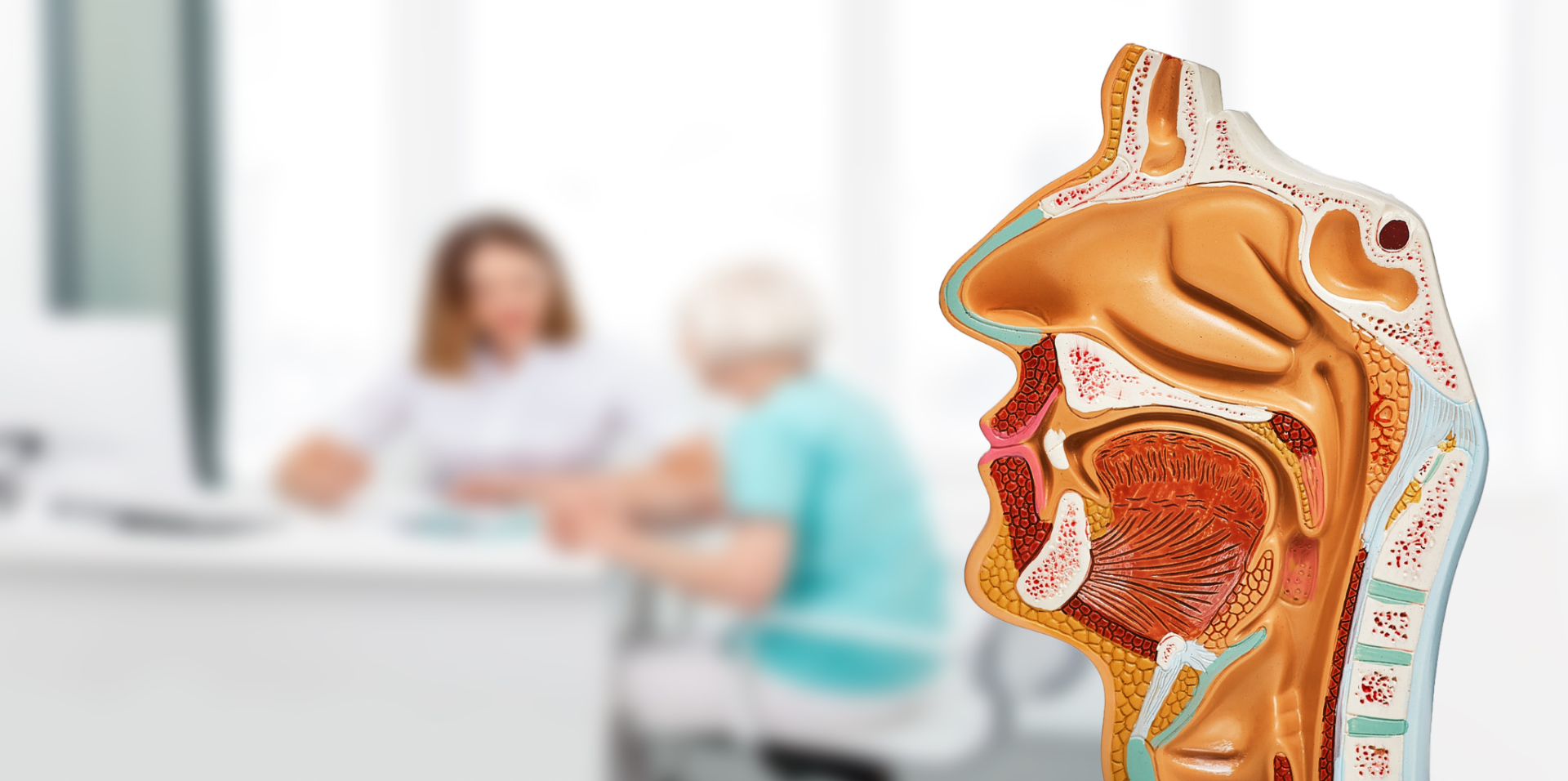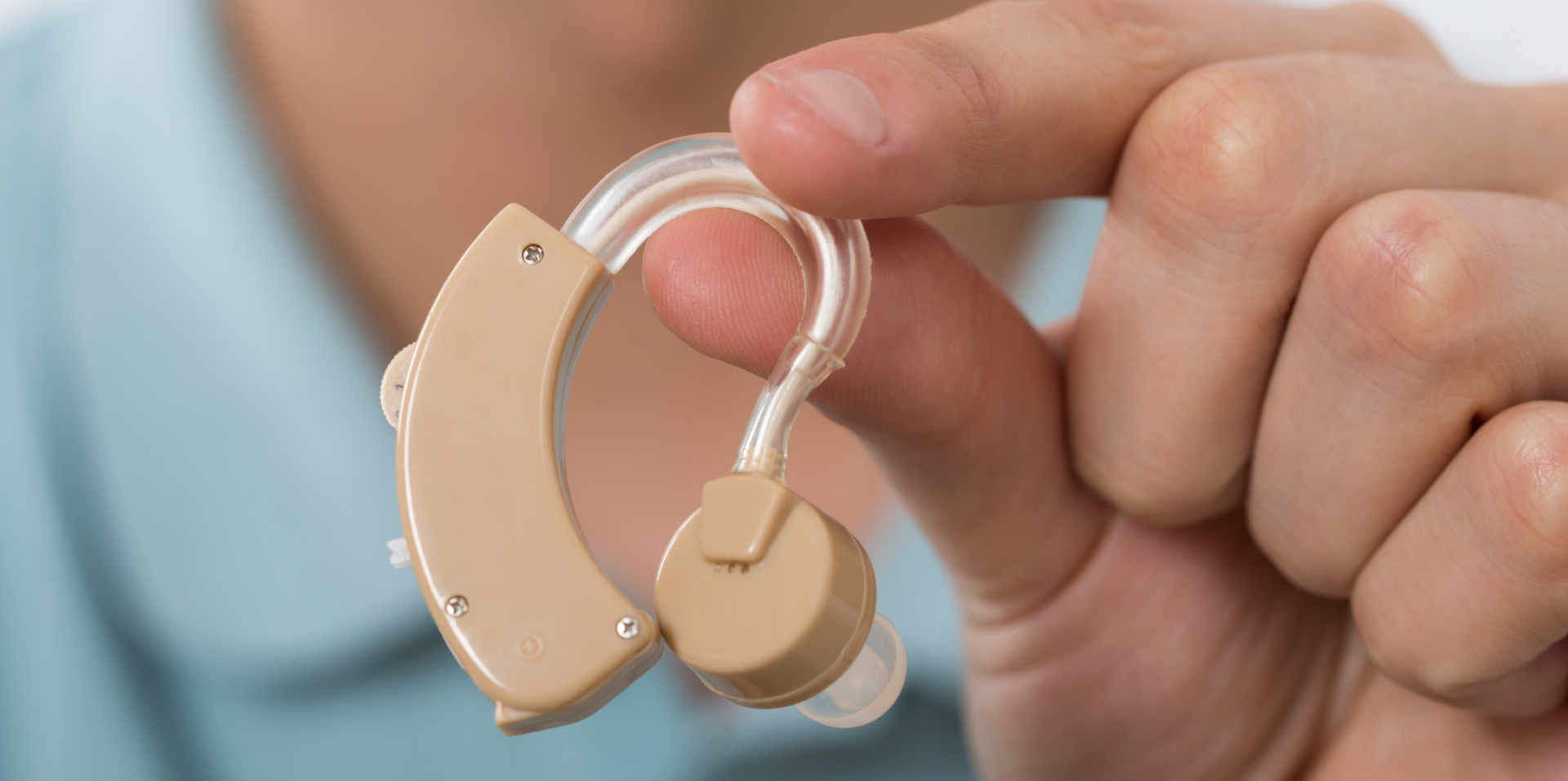COULD A TINY NEEDLE IN THE NOSE HELP YOUR ALLERGY WOES?
In previous articles I have written I have tried to explain some basic principles in my field of ear nose and throat including anatomy and how things work. I wanted to mention again something about the most common reason for nasal stuffiness, swelling and enlargement of finger like ridges on the outer wall the nasal passage called the turbinates.
As pictured in the drawing here, there are 3 turbinates on each side wall of the nose. Their main function is to filter, warm and humidify air. Of the 3, the lowest, or inferior turbinate is the largest and takes up the most space inside each nasal passage. When it swells, it can be impossible to get air through that one side of the nose. And of course if both right and left inferior turbinates get large both sides can be plugged. The turbinates are also the major source of nasal mucus production which can either run out the front of your nose or down the back into your throat.
Most allergy medications are designed to decrease the inflammation in this area. This of course includes antihistamines, decongestants as well as steroid type nasal sprays such as Flonase.
When a steroid nasal spray is used, a little of it gets absorbed into the nasal turbinates, but a lot of it just goes down the back of your throat not doing much good.
There is away to deliver anti-–inflammatory steroids into the nasal tissue itself. It is a technique I was fortunate enough to learn in 1980 during my training. I was at Bethesda Navy hospital outside Washington DC and one of the teaching staff doctors had joined the Navy after being in private practice of ENT in Alabama for several years. He taught me a technique to painlessly inject a small amount of steroid with a tiny needle under the surface of the inferior turbinates. By first putting cotton in each nasal passage soaked with a topical anesthetic, the stick of the needle is not felt at all.
Since that time both while still in the Navy and since I have been a civilian doctor I have done this procedure hundreds of times. It is interesting that many a younger doctors in my field have not been trained in this technique or have been told that it can have serious complications.
The technique that I practice has multiple safeguards to prevent complication. It is also the same technique that an ENT doctor in Dallas performed for over 25 years and published a paper reporting 13,000 successful injections without a complication.
This procedure is not a cure all for every nasal problem. But it certainly can help many cases of intermittent, seasonal stopped up nose. Many of my patients do notice improvement within 24 hours and generally it lasts for 3-6 months.
https://tomstarkmd.com/
18059 HWY 105 W Montgomery,TX77356
936-582-7000




